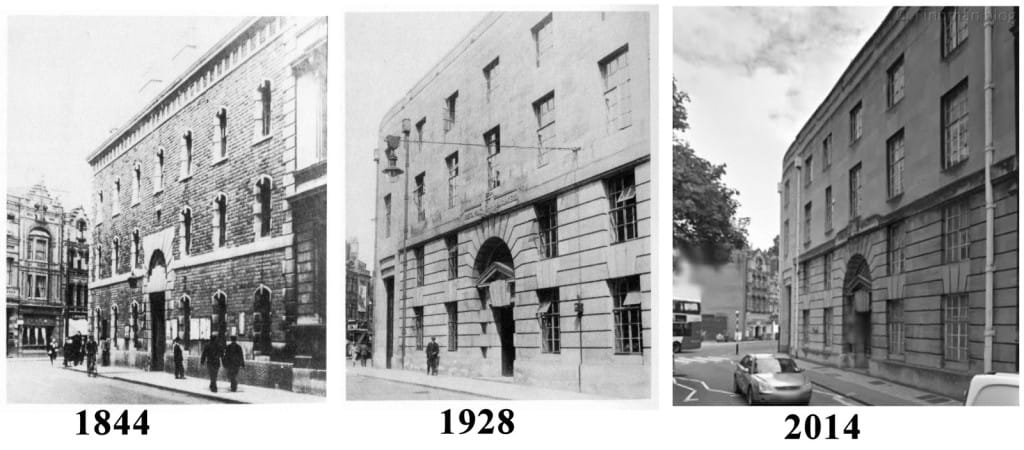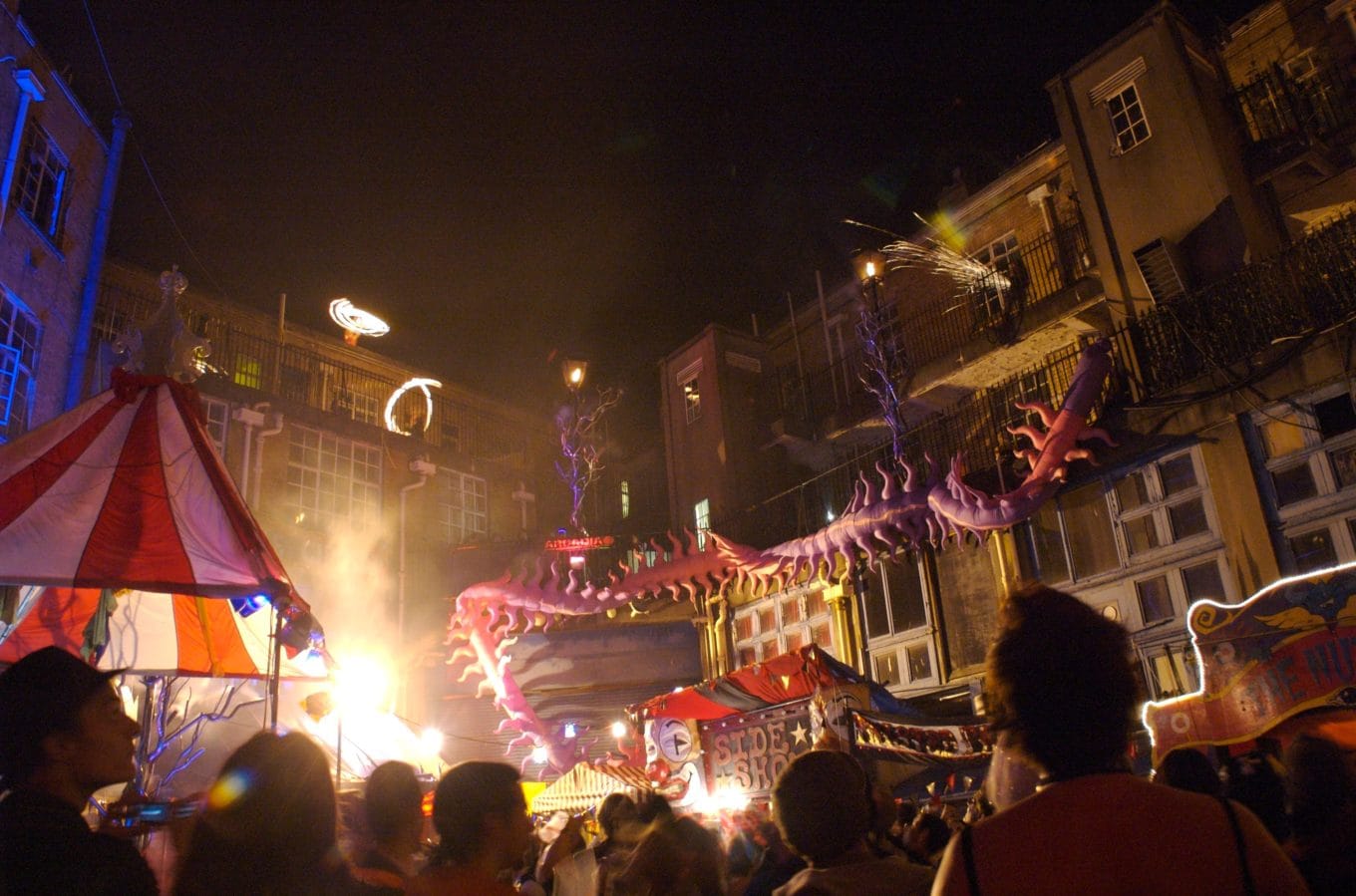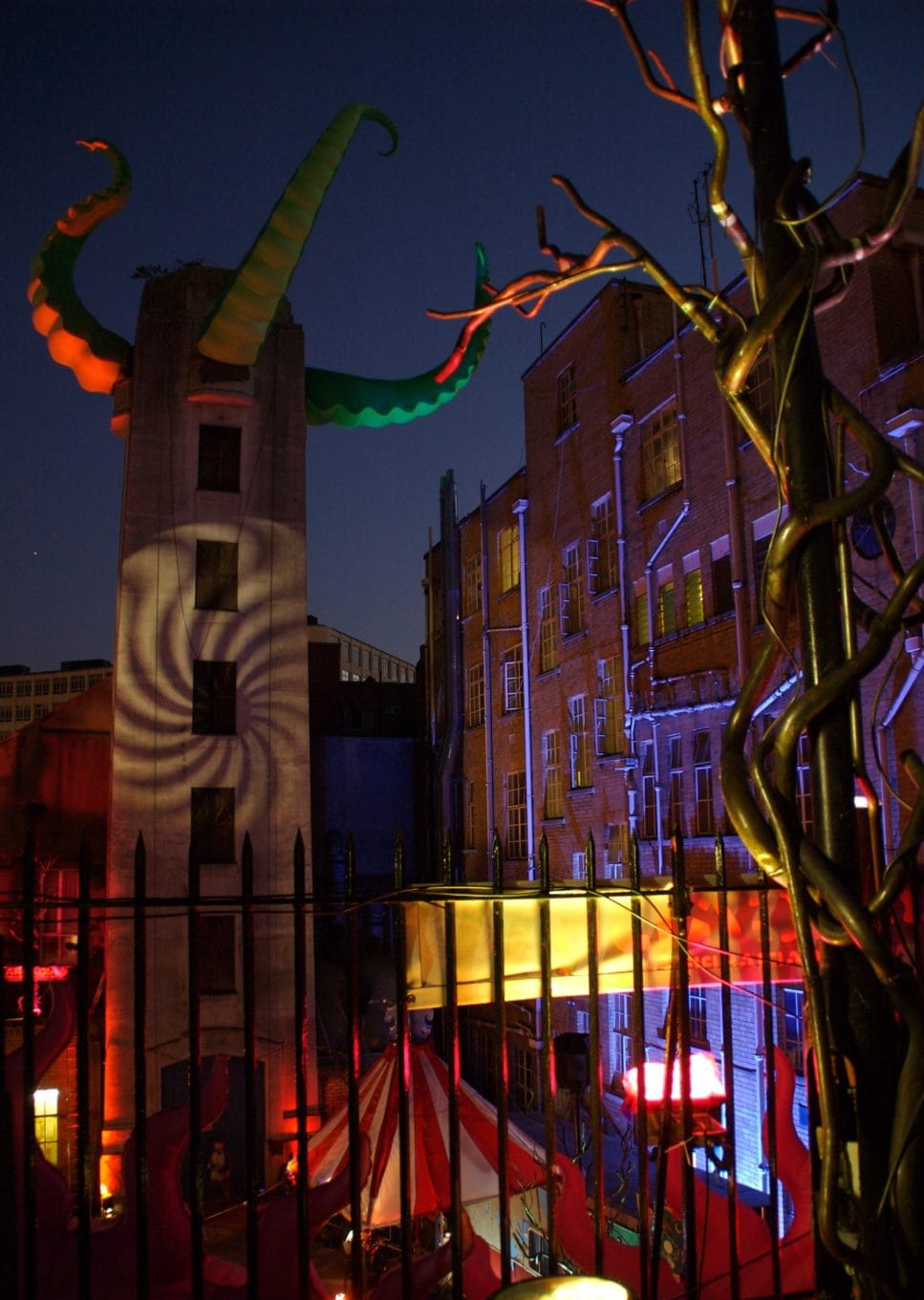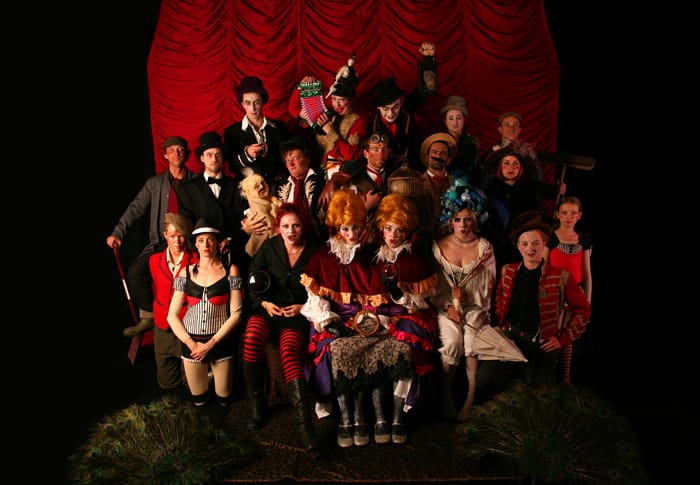History of the Old Bridewell Police Station
The Island is based on the site where the Central Police Station used to be. Also known as the Bridewell, it is a historic building on Nelson Street, Broadmead, Bristol, England. It was built in 1928 by Ivor Jones and Percy Thomas and opened as a police station in November 1930 near the site of a previous station. Neighbouring buildings housed law courts and a fire station. It closed as a working police station in August 2005. The building has been designated by English Heritage as a Grade II listed building.
The Bridewell or Bridewell Island is a roughly triangular section of land in the centre of Bristol. It is bordered on three sides by Bridewell Street, Silver Street and Nelson Street. It comprises 4 listed buildings around a central courtyard including a Police Station, Fire Station, Law Courts and a former Police Headquarters.
Starting at the point of the triangle where Bridewell St, Silver St meet the first building is Central Fire Station with its large fire doors fanning across the curved end to the building down the Bridewell and Silver Street sides of the complex, The opening out into a nicely tiled engine bay. The fire station was one of the buildings completed in 1928 faced with bath stone on the exterior and constructed of yellow brick around the courtyard.
The first building along Bridewell road side is the Police Headquarters for the Bristol City Constabulary, It isn’t really a separate building the exteriors of all the structures blend into each other they are just divided internally. The Police headquarters was also finished in 1928 and is dressed in the same bath stone as the other 1920’s buildings. The police Headquarters essentially a five story office block, the first three floors have been converted in 2007 into studios and workspaces for artists.

The River Frome historically the River Froom, is a river in South Gloucestershire and Bristol, England. It is approximately 20 miles (32 km) long, rises in Dodington Park, South Gloucestershire, and flows in a south westerly direction through Bristol, joining the former course of the river Avon in Bristol’s Floating Harbour. The River Frome runs across our courtyard area here at The Island. The mean flow at Frenchay is 60 cubic feet per second (1.7 m3/s) The name Frome is shared with several other rivers in South West England and means ‘fair, fine, brisk’. The river is familiarly known in east Bristol as the Danny.

Settlement in Bristol began in the late Anglo-Saxon period, between the River Frome and the River Avon. By the 11th century, Bristol was one of the wealthiest medieval urban centres in the country. The medieval city of Bristol was focused on High Street and Corn Street. Nelson Street was one of Bristol’s less salubrious neighbourhoods and as can be seen from medieval deeds, was where ‘ladies of the night’ plied their trade. Nelson Street has certainly been part of the Bristol urban fabric since at least the 13th century when it was identified in the first reliable plan of Bristol, prepared by Jacobus Millerd. The 1930s police station stands on the site of an 18th century workhouse and “house of correction”. A visitor to the cells in 1807 reported that rats were so numerous a cat was kept in each cell at night to prevent the vermin from gnawing the prisoners’ feet. The first Bridewell police station was built on Nelson Street in 1844. The City Motor Garage in Nelson Street, later demolished to make way for the new Bridewell Police H.Q.

Inside the police HQ very little survives from the police days except for a Royal Cypher above the gates on the antique lift, and the records room in the basement still lined with heavy wooden filing cabinets labelled “Bristol Crime reports B Division 1972” or “Murder Cases Bristol Unsolved 1975” all of which were empty apart from an unopened folio of membership books for the “Avon Constabulary Police Club” dated 1975. After Bristol City Police was merged into the newly created Avon and Somerset Constabulary in 1974 the Bridewell headquarters couldn’t cope with the increased number of staff needed so the headquarters started to move out the following year leaving the headquarters building as the CID offices CID for Bristol’s A, B and C divisions. They too left the building in 1986 when New Bridewell Police Station was completed across the road. On the interior of the old police HQ a black clock face looks down over the courtyard. The clock working seem to pre date the site the inside winding face is marked “Crower & Sons of Bristol 1884″perhaps the clock was saved from an earlier building on the site.
In December 2007 a graffiti exhibition was held in the Old Bridewell Police Station building to raise funds for Bristol Children’s Hospital. 70 artists took part and an artwork was donated by Banksy to the cause.
In 2007, the Old Bridewell was taken over by Artspace Lifespace and in 2012, the fire station next door came under the ownership of the Creative Youth Network, who transformed the space into a youth centre. It was during this transformative time that the Old Bridewell took on its current incarnation as The Island and hosted the legendary Carnyville events created by The Invisible Circus.
Nelson Street is potentially a very important strategic pedestrian link between Broadmead and Harbourside and also between Broad Street and Christmas Steps. Sadly it misses out on the funding opportunities that other historic high streets reap and has become a waiting street for buses, with congested footpaths and improvements needed to the public realm. From our old police station on Bridewell Island, we continue to offer a supportive environment for artists, offering low rates for studios and a diversity of acts to rival spaces anywhere in Bristol.
We are truly an island within the city.


